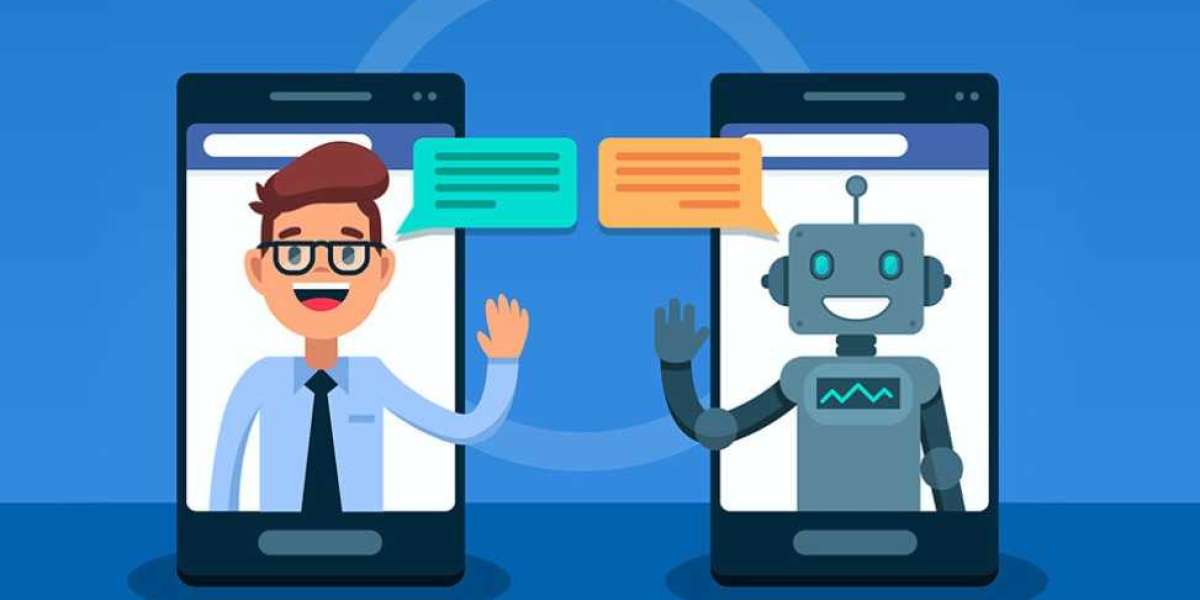As artificial intelligence (AI) continues to shape the way we interact with technology, two prominent tools are often at the center of these interactions: conversational AI chatbots and AI assistants. While these tools may seem similar, they differ significantly in their functions and capabilities. Understanding these differences is crucial for businesses and individuals seeking to make the most of AI-powered technologies.
In this guide, we’ll explore the key distinctions between conversational AI chatbots and AI assistants, their unique features, and how each can benefit your business or personal use.
What is a Conversational AI Chatbot?
A conversational AI chatbot is a program that simulates human-like conversations. By leveraging natural language processing (NLP) and machine learning, these chatbots can understand and respond to user queries. Chatbots are primarily used for automating specific tasks like customer service, sales support, and lead generation.
Key Features of Conversational AI Chatbots
- Automated Responses: Chatbots use pre-programmed responses or AI-based models to reply instantly to user queries.
- 24/7 Availability: Unlike human agents, chatbots can operate around the clock, providing continuous customer support.
- Text and Voice Support: Some chatbots are equipped to handle both text-based and voice interactions, offering flexible communication.
- Task-Specific Functionality: Chatbots are designed to perform specific tasks such as answering frequently asked questions, scheduling appointments, or processing orders.
Common Uses of Conversational AI Chatbots
- Customer Support: Chatbots answer routine questions, enabling businesses to provide immediate assistance without human agents.
- Lead Generation: Chatbots engage visitors on websites, qualify leads, and gather important data for marketing purposes.
- E-commerce Assistance: Chatbots can recommend products, track orders, and guide customers through the purchasing process.
- Healthcare Banking: Chatbots assist with appointment scheduling and enable users to check account balances or find answers to banking queries.
What is an AI Assistant?
An AI assistant, often referred to as a virtual assistant, is an advanced form of conversational AI. AI assistants use deep learning, voice recognition, and contextual understanding to interact with users in a more sophisticated way. These assistants perform a wider range of functions, offering personalized and complex interactions.
Key Features of AI Assistants
- Multi-Tasking: AI assistants can handle multiple tasks simultaneously, such as setting reminders, sending emails, and controlling smart devices.
- Personalization: AI assistants adapt their responses based on previous interactions, providing tailored experiences.
- Voice Activation: Popular AI assistants like Siri, Alexa, and Google Assistant are activated by voice commands.
- Integration with Third-Party Apps: AI assistants connect with external applications to complete tasks, such as booking rides or playing music.
Common Uses of AI Assistants
- Smart Home Control: AI assistants manage smart home devices like lights, thermostats, and security systems.
- Work Productivity: AI assistants help users stay organized by scheduling meetings, managing emails, and setting reminders.
- Entertainment Search: AI assistants recommend personalized music, answer queries, and provide real-time weather updates.
- Accessibility Support: They assist individuals with disabilities by allowing them to control devices through voice commands.
Conversational AI Chatbots vs AI Assistants: Key Differences
Despite both relying on AI and NLP, conversational AI chatbots and AI assistants differ in several important ways.
| Feature | Conversational AI Chatbots | AI Assistants |
|---|---|---|
| Primary Function | Task-specific, like customer support or sales | Digital helper for a variety of tasks |
| Level of Intelligence | Follows predefined scripts or AI models | Uses deep learning and context to enhance interactions |
| Interaction Type | Primarily text-based, some with voice support | Mostly voice-activated with text options |
| Personalization | Limited, responds to predefined scenarios | Highly personalized, learns user preferences |
| Multi-Tasking | Focuses on specific tasks | Can handle multiple tasks across various platforms |
| Integration | Often integrated with customer service platforms | Connects with smart devices and third-party applications |
When to Use a Conversational AI Chatbot
Conversational AI chatbots are ideal for businesses that need to automate specific tasks and streamline operations. Here are some scenarios where chatbots can be most beneficial:
- Customer Support Automation: Chatbots are perfect for handling frequently asked questions and simple customer queries without human intervention.
- Lead Generation: If your business relies on capturing and qualifying leads, chatbots can engage visitors, collect relevant data, and deliver valuable insights.
- E-commerce Assistance: Chatbots are efficient at assisting customers with product recommendations, order tracking, and even completing transactions.
When to Use an AI Assistant
AI assistants are best suited for individuals or businesses that need an intelligent, multi-functional helper. Here are some scenarios where an AI assistant can enhance productivity:
- Work Organization: If you need help managing daily tasks, such as appointment scheduling, sending reminders, or organizing emails, an AI assistant is an ideal choice.
- Smart Home Control: For managing your connected home devices with ease, an AI assistant offers seamless voice-activated control.
- Entertainment Personalization: If you want a more personalized experience with music recommendations, news updates, or general information, AI assistants like Siri or Alexa excel in these areas.
The Future of Conversational AI
As AI technology evolves, the gap between conversational AI chatbots and AI assistants continues to narrow. We can expect future developments to include:
- More Human-Like Interactions: With advancements in NLP, future AI tools will offer more natural and engaging conversations.
- Deeper Personalization: AI assistants and chatbots will provide even more customized experiences based on user preferences and behaviors.
- Seamless Integrations: Chatbots and assistants will work together across multiple platforms, enhancing efficiency and providing a unified user experience.
Conclusion
Both conversational AI chatbots and AI assistants offer distinct advantages, depending on your needs. Chatbots are perfect for handling structured tasks like customer service and lead generation, while AI assistants shine with their ability to manage multi-functional tasks and offer personalized experiences. Understanding their differences will help you choose the right tool for your business or personal use.
If you're ready to enhance your business operations with AI-powered solutions, explore how ChatArm's conversational AI chatbot can transform your customer interactions today!








